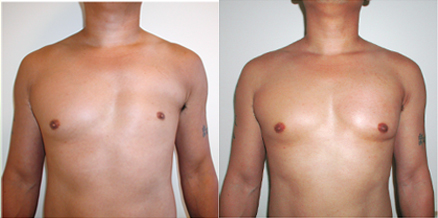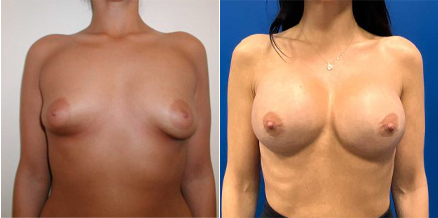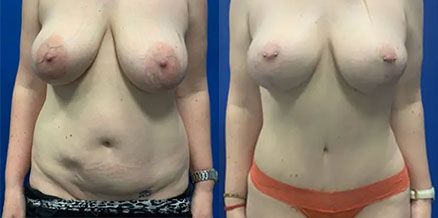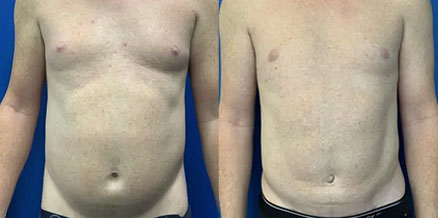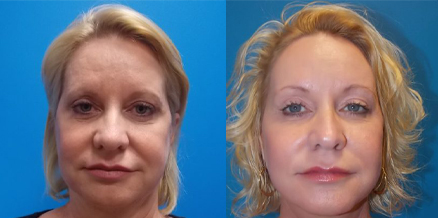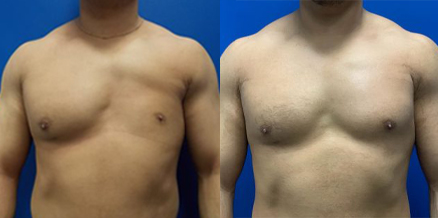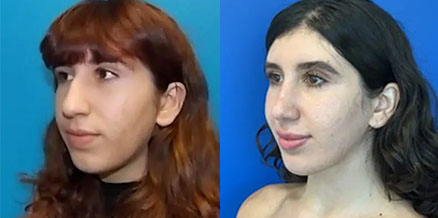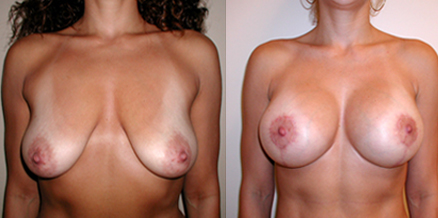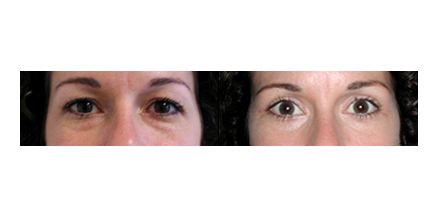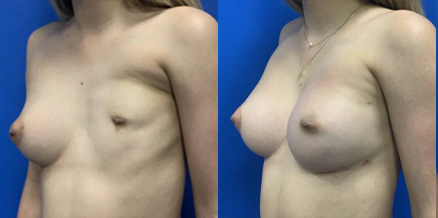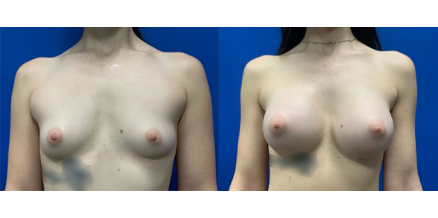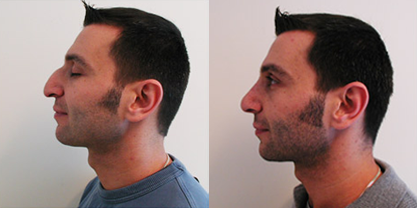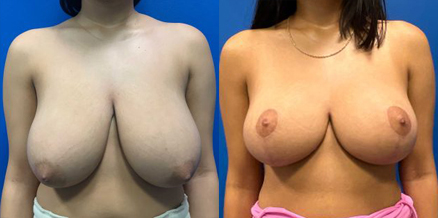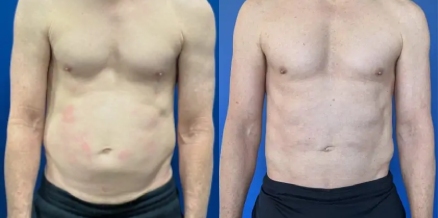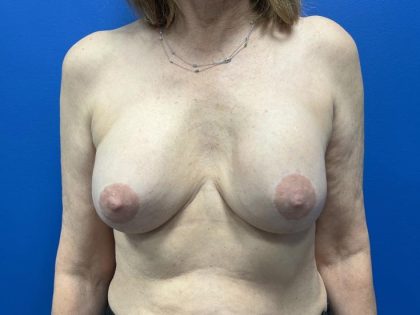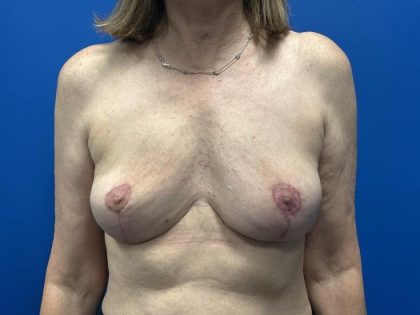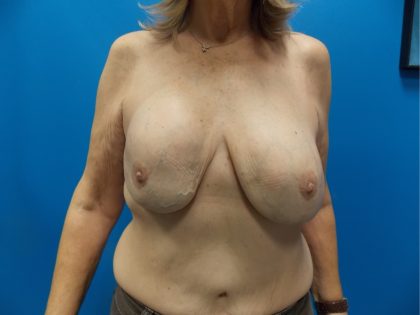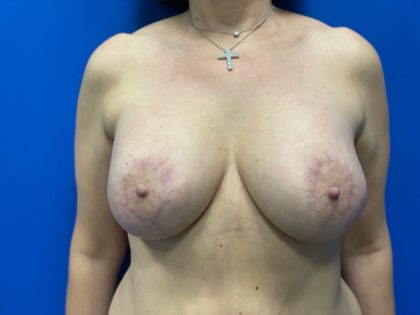Explant Breast Surgery
Conveniently located to serve the areas of Beverly Hills, West Hollywood, Los Angeles and Pasadena, CA

Some women who have had breast implants may choose to remove them for various reasons. A common reason that we encounter with our patients is the simple fact that they have had the implants for many years, although they are intact, they feel they are too large and would like to remove them or downsize to a smaller set of implants. It is not uncommon to undergo a breast lift, sometimes a vertical incision only breast lift if their skin elasticity is still adequate, and at other times a traditional anchor or Wise pattern breast lift.
Before and After Photos
Breast Implant Illness (BII) is another condition that patients seek removal of the implants together with the capsule of the implants. This condition is characterized by patients feeling fatigue, muscle and joint pain, various autoimmune issues and some even complain of cognitive impairment and otherwise undiagnosed reasons for a low-grade fever. The surgical treatment is explant surgery, the removal of the implants together with the capsule around the implants.
Breast Implant-Associated – Anaplastic Large Cell Lymphoma (BIA-ALCL) – is a very rare non-Hodgkin’s lymphoma of the breast capsule that has been associated with textured breast implants that were tear-drop shaped or round, saline or silicone. The most common presentation is a slow and progressing swelling of the breast where fluid fills within the capsule of the breast implant, it can also be associated with pain and redness at times. It is a very rare lymphoma of the breast implant capsule that if detected early, the cure is Total Capsulectomy, or removal of the breast implant capsule, and its contents (the implant and fluid that may have accumulated within this capsule). The capsule is then sent for pathological evaluation and the fluid to cytological testing for specific makers that may prove the presence or absence of this type of rare lymphoma. In social media, the surgical treatment is erroneously called an “en-bloc resection” which is an oncological procedure reserved for resection of soft tissue sarcomas where a large surface area of soft tissues is removed outside the actual tumor bed to prevent a local recurrence. Should this procedure have been the curative method a portion of the breast would have also needed to have been removed to achieve a cure, as would be should a patient have had breast cancer. But this is not the surgical cure; should imaging studies show involvement of lymph nodes in addition to the capsule then the standard treatment with chemotherapeutic agents for the management of lymphomas for that specific cell type and presentation is initiated.
Total capsulectomy, the removal of all the capsule around an implant, implies the removal of the anterior as well as the posterior capsule in a careful and diligent fashion without injuring the underlying vital structures as the ribs and intercostal muscles.
The most common reason for explant surgery however is persistent and painful Baker Grade III or Baker Grade IV capsular contracture where the capsule and implant are removed, or if the implant was ruptured, then all of the contents of the breast implant capsule and implant material is removed, the implant pocket is washed with copious amounts of antibiotic and saline to wash out all of the silicone and if a breast lift is indicated it can be performed at the same time. If there was significant inflammation of the breast tissue, then the best option is to delay any type of cosmetic procedure at the time of an explant breast operation for six months to allow the soft tissues to regain their normal architecture and elasticity to then best perform any symmetrizing lift or a new implant placement if desired.

